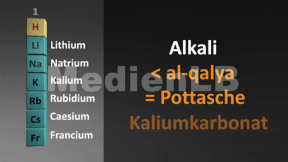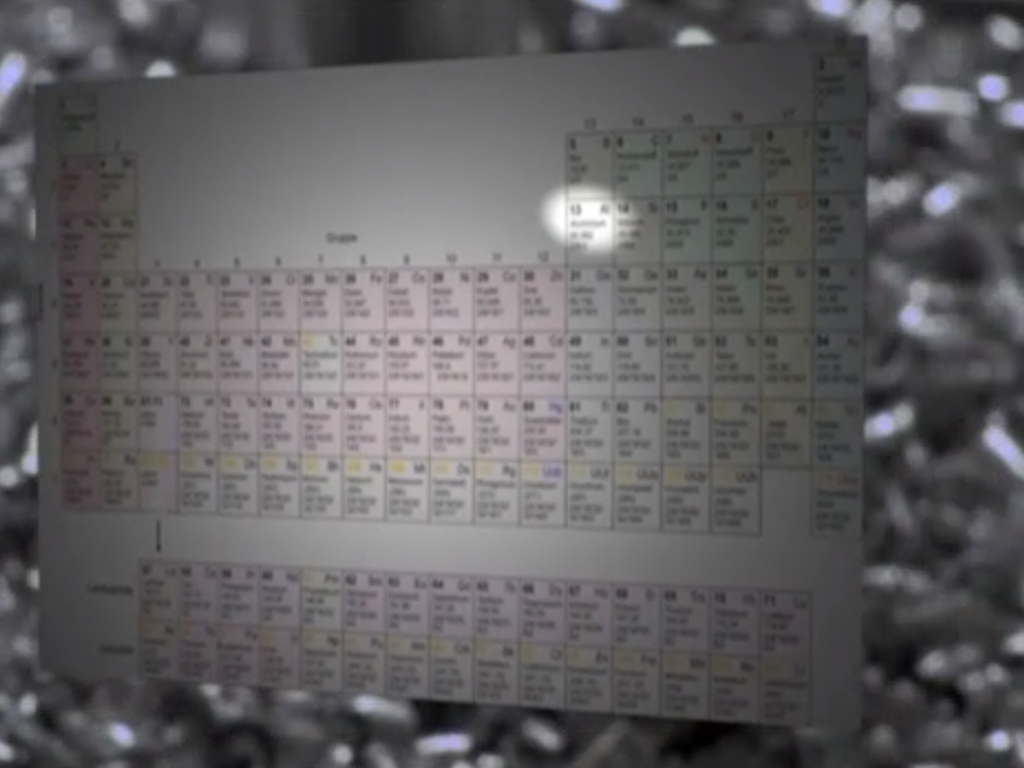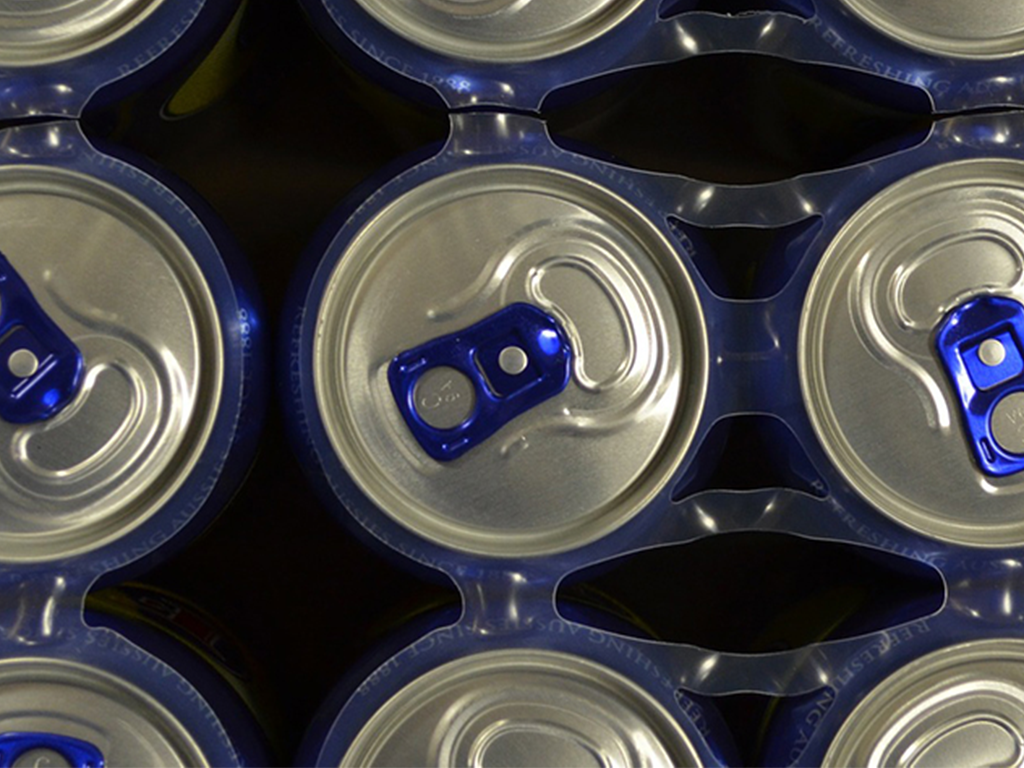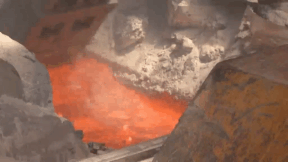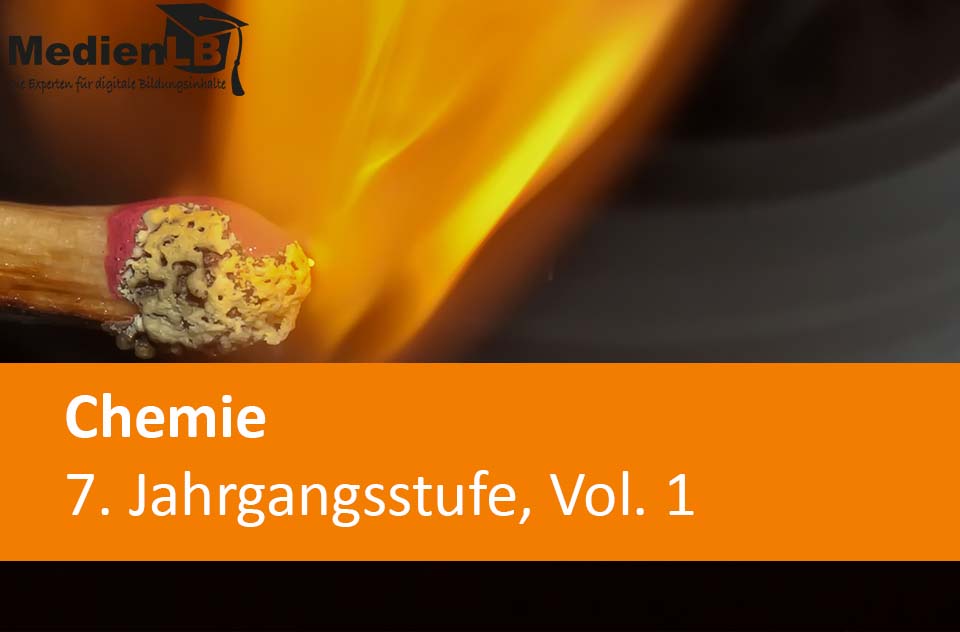
55503683
Redoxreaktionen
In unserem Arbeitsheft Chemie 7, Vol. 1 – Redoxreaktionen finden Sie 50 interaktive und didaktisch aufbereitete Aufgaben.
Das Medium bietet H5P-Aufgaben an, die ohne zusätzliche Software verwendbar sind. Das Medium enthält interaktive Videos und 50 H5P-Aufgaben zum Thema Redoxreaktionen.
Durch interaktive Aufgabentypen wird das audiovisuelle und interaktive Lernen einfach.
Lernen macht jetzt Spaß!
Included Tasks
- 1. Einstieg - Redoxreaktionen - Interaktive Aufgaben
- 2. Oxidation oder Reduktion? - Interaktive Aufgaben
- 3. Oxidation und Reduktion finden gemeinsam statt - Interaktive Aufgaben
- 4. Reduktion und Oxidation - Begriffe Zuordnen - Interaktive Aufgaben
- 5. Verbrennung von Methan - Interaktive Aufgaben
- 6. Redoxreaktionen im Alltag - Interaktive Aufgaben
- 7. Redox und Elektronentransfer - Interaktive Aufgaben
- 8. Schreiben von Halbgleichungen - Interaktive Aufgaben
- 9. Reaktion zwischen Natrium und Chlor - Interaktive Aufgaben
- 10. Reaktion zwischen Chlor und Kaliumbromid - Interaktive Aufgaben
- 11. Was bedeutet Oxidationszahl? - Interaktive Aufgaben
- 12. Oxidationszahlen in Verbindungen - Interaktive Aufgaben
- 13. Oxidationszahlen in Formeln - Interaktive Aufgaben
- 14. Oxidationszahlen in Redoxreaktionen - Interaktive Aufgaben
- 15. Änderungen in Oxidationszahlen - Interaktive Aufgaben
- 16. Chemische Formeln überprüfen - Interaktive Aufgaben
- 17. Redoxreaktionen - Reflexion - Interaktive Aufgaben
- 18. Redox oder nicht? - Interaktive Aufgaben
- 19. Reaktion von Wasserstoff mit Sauerstoff - Interaktive Aufgaben
- 20. Korrosion - Interaktive Aufgabe
- 21. Das Dach des Berliner Doms - Interaktive Aufgaben
- 22. Oxidationszahl 0 - Interaktive Aufgaben
- 23. Finde die Oxidationszahlen heraus! - Interaktive Aufgaben
- 24. Oxidation oder Reduktion? - Interaktive Aufgaben
- 25. Kupfersulfid - Interaktive Aufgaben
- 26. Das Periodensystem und Oxidation - Interaktive Aufgaben
- 27. Redoxreaktionen im engeren Sinn - Interaktive Aufgaben
- 28. Redoxreaktionen im erweiterten Sinn - Interaktive Aufgaben
- 29. Elektronentransfer - Magnesium und Chlor - Interaktive Aufgaben
- 30. Was sind Oxidations- und Reduktionsmittel? - Interaktive Aufgaben
- 31. Oxidations- und Reduktionsmittel im Labor - Interaktive Aufgaben
- 32. Kaliumdichromat: Ein Oxidationsmittel - Interaktive Aufgaben
- 33. Kaliumpermanganat: Ein Oxidationsmittel - Interaktive Aufgaben
- 34. Alkoholtest - Interaktive Aufgaben
- 35. Kaliumiodid - Interaktive Aufgaben
- 36. Finde das Reduktionsmittel - Interaktive Aufgaben
- 37. Finde das Oxidationsmittel - Interaktive Aufgaben
- 38. Chlor und Natriumbromid - Interaktive Aufgaben
- 39. Iod in Algen - Interaktive Aufgaben
- 40. Eisen in den Eisentabletten - Interaktive Aufgaben
- 41. Reaktion zwischen Kohlenstoff und Kupferoxid - Interaktives Video
- 42. Kaliumsalz der Chromsäure - Interaktive Aufgaben
- 43. Silberchlorid - Interaktive Aufgaben
- 44. Die Redoxreihe der Metalle - Interaktive Aufgaben
- 45. Unedle und edle Metalle - Interaktive Aufgaben
- 46. Metalle im Wettbewerb - Interaktive Aufgaben
- 47. Welches Metall ist reaktiver? - Interaktive Aufgaben
- 48. Magnesium und Kupferoxid - Interaktive Aufgaben
- 49. Verkupfern - Interaktive Aufgaben
- 50. Die Redoxreihe rekonstruieren - Interaktive Aufgaben
Curriculum-centred and oriented towards educational standards
Matching
Basics of Chemistry I
We are surrounded by objects and substances. We recognise objects that are to serve a specific purpose by their shapes. Similar objects may consist of different materials or substances. Substances, however, are independent of shapes and possess very specific properties. We are able to perceive many of these substances with our senses. For example, we can see, touch or smell them so as to be able to recognise them. Chemists are particularly interested in those substance characteristics that can be measured. On the basis of these measurable properties they can distinguish between substances, identify a specific substance or test it for special use. Models help us to understand phenomena. They depict only specific elements of our reality, thus presenting the world in a simplified way. The spherical particle model, for example, helps us to understand how a scent spreads all over the room or substances disperse in water.
Aluminium II
The metal aluminium is growing in importance because of its specific properties and manifold application possibilities. This DVD deals with the industrial production of aluminium as a raw material, its processing and the manufacturing of alloys for the finished product. Starting with the raw material aluminium oxide the functioning of an electrolytic cell is demonstrated and explained. Alumina, white and powdery, is melted with great expenditure of energy, and by means of electrolysis converted into aluminium with a degree of purity of 99.9%. As aluminium oxide would not melt before a temperature of over 2,000°C is reached, the mineral cryolite is used as a solvent. The various alloys change the properties of aluminium and are produced according to precise formulations. The alloy is cast into blocks and bars that serve as primary material for processing plants. The responsible handling of resources underscores the importance of recycling. Aluminium is resilient and versatile.





